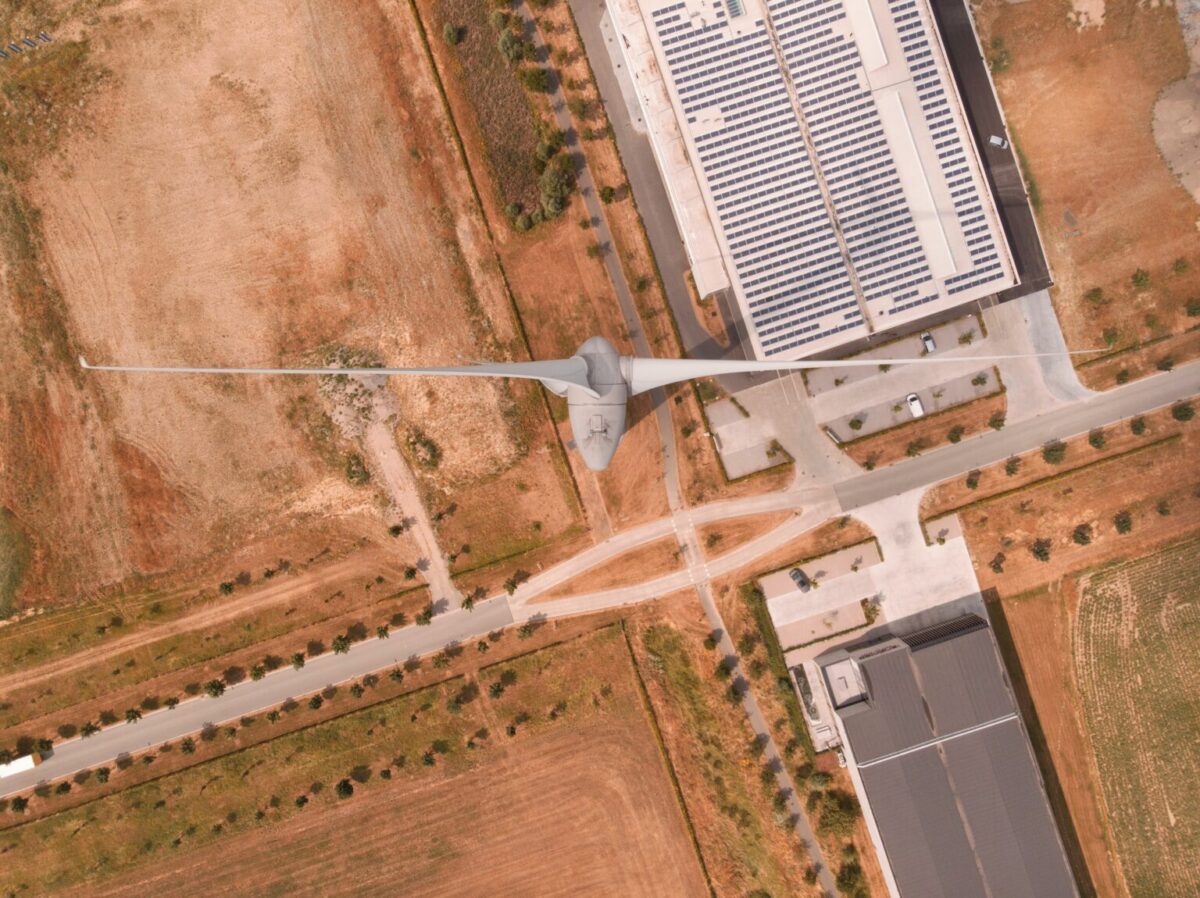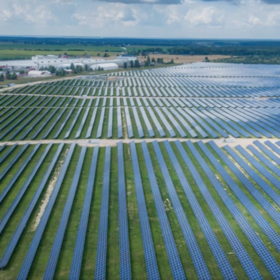An international research team has performed a techno-economic analysis to identify the optimal design and size of off-grid wind solar power plants intended for green hydrogen generation in refueling stations for fuel-cell electric vehicles (FCVs).
The proposed system utilizes surplus energy for electrocoagulation (EC), a method for treating wastewater. “To meet the industries’ water demand and make up for the lack of freshwater supplies, EC is incorporated to treat the discharged wastewater, which is environmentally friendly, especially when electricity is produced from renewable energy sources,” the scientists explained. “By incorporating the EC station with hydrogen production-based stand-alone renewable power station, sustainability and mobility can be improved.”
The research group assumed the hydrogen station to be located in Ostrava, in the northeast of the Czech Republic. The city averages solar radiation of 2.89 kWh/m2 daily and wind speed of about 5.69 m/s. Hydrogen demand for the station is assumed at 10 kg per hour or 240 kg per day. The proposed system consists of wind turbines, PV panels, an electrolyzer, an inverter, hydrogen tanks, and batteries. All are assumed to have a lifetime of less than 25 years.
“The optimal design of the plant determines the size of the components as follows: photovoltaic panels with a capacity of 298 kW, 22 wind turbines with 100 kW each, 30 strings of 1 kWh lead acid battery, electrolyzer of 1000 kW capacity, and hydrogen tanks with a capacity of 800 kg,” they further explained.
Their analysis showed that the PV unit can generate up to 300,425 kWh/year and the wind turbine 6,697,566 kWh/year. The electrolyzers’ annual energy consumption is around 3,972,059 kW, and their annual production is estimated at 85,595 kg. In addition, 262,678 kWh of electricity is generated annually for the electrocoagulation plant.
Through their techno-economic analysis, the academics found the system may already achieve significantly low price levels for the hydrogen it produces. “The levelized cost of hydrogen (LCH) is 2.89 € ($3.12)/kg of hydrogen while net present cost (NPC) is €5.49 million excluding compressor unit costs,” they concluded. “The wind turbine and electrolyzer system have the highest NPC. Consequently, the overall NPC of the project and the LCH will be significantly impacted by the growth or decrease of the corresponding costs of wind farms and electrolyzers.”
Their findings can be found in “An optimal standalone wind-photovoltaic power plant system for green hydrogen generation: A case study for hydrogen refueling station,” published in Results in Engineering. The research was conducted by scientists from the Czech Republic’s VSB – Technical University of Ostrava, Egypt’s Menoufia University, Zagazig University, Cairo University, and the Kuwait University.
This content is protected by copyright and may not be reused. If you want to cooperate with us and would like to reuse some of our content, please contact: editors@pv-magazine.com.








By submitting this form you agree to pv magazine using your data for the purposes of publishing your comment.
Your personal data will only be disclosed or otherwise transmitted to third parties for the purposes of spam filtering or if this is necessary for technical maintenance of the website. Any other transfer to third parties will not take place unless this is justified on the basis of applicable data protection regulations or if pv magazine is legally obliged to do so.
You may revoke this consent at any time with effect for the future, in which case your personal data will be deleted immediately. Otherwise, your data will be deleted if pv magazine has processed your request or the purpose of data storage is fulfilled.
Further information on data privacy can be found in our Data Protection Policy.